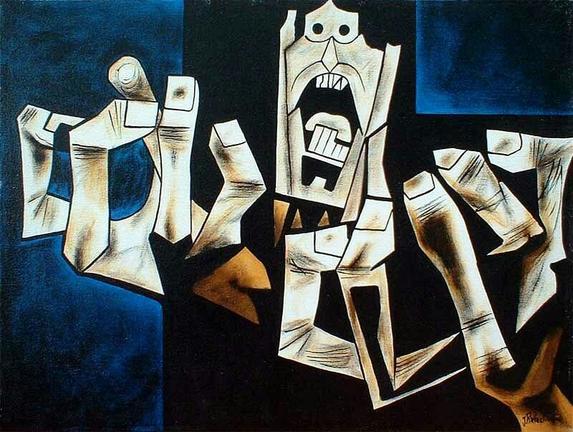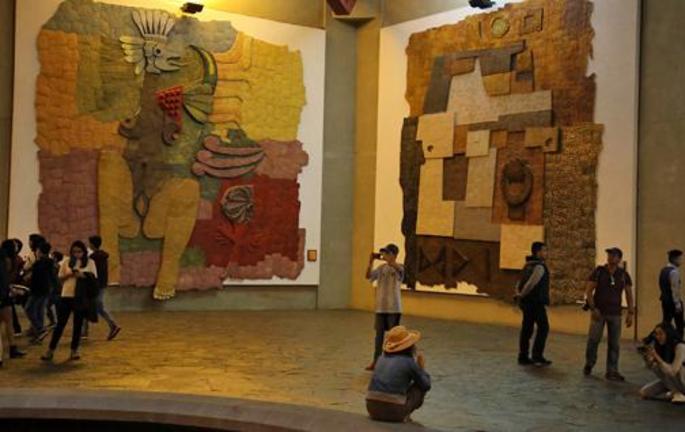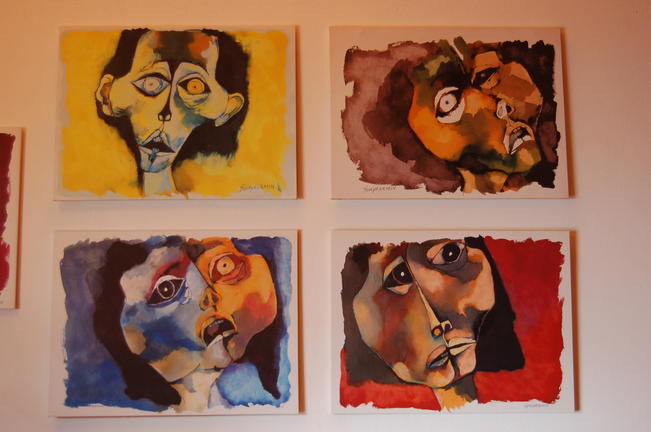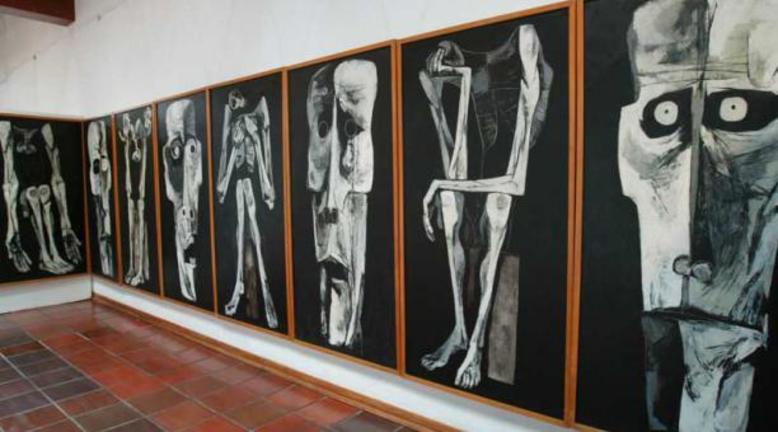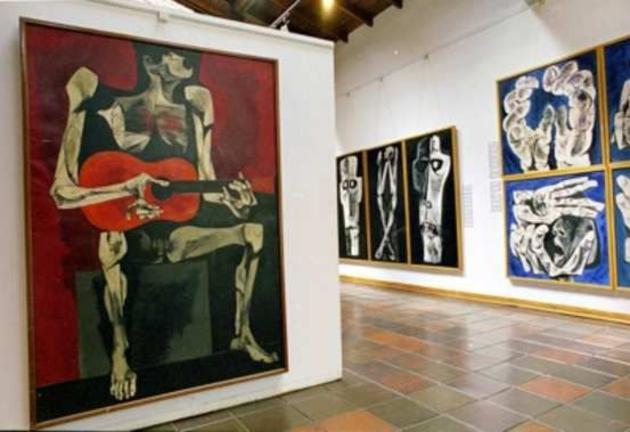Oswaldo Guayasamín, the most influential Ecuadorian artist of the last century, was born to poverty and died a rich man. His story reveals the complicated relationship between money and power in Ecuadorian society.
In 1933, at 14 years old, Guayasamin joined the Quito School of Fine Arts and, despite a tumultuous education, became the most famous student to graduate from this prestigious institution. Guayasamín found inspiration for so many of his pieces in the poverty, injustice, and everyday life of Ecuadorians.
After decades of success, Guayasamín lived in Quito in a manner his parents would never have been able to provide. His home, built high on the hillside overlooking the capital city, became a personal oasis. While he deplored the economic conditions of his fellow countrymen, Guayasamín lived a life of quiet, comfortable luxury. Room after room hold collections of artwork from across the ages. Guayasamín created a museum in his home for personal enjoyment.
In 1976, Guayasamín founded the Fundación Guayasamín with the intent to preserve and protect his personal art collections and to provide gallery space to highlight many of his own works of art. The Foundation protects more than 2,000 pieces of Pre-Colombian artifacts, over 500 examples of Spanish Colonial paintings and sculptures, and more than 250 works of modern artists, including many of his own pieces.
Upon his death on March 10, 1999, the majority of his land and his collections reverted to the Foundation. Today, the well-preserved interior of his former home exists just as it did when he was alive. Rooms full of religious art, pre-historic pottery, and a lifetime of memories are open for regularly scheduled guided tours. The house has become a shrine for those who want to understand the life and times of an artist who shaped so many of Ecuador’s modern day painters and sculptors.
When Guayasamín created his foundation, his dream included building a gallery where his artwork in Ecuador would reside. He called it the ¨Capilla del Hombre¨, or Chapel of Man. Inaugurated in 2002, the building is a stark structure built with square stones reminiscent of cobble that line many of the streets of historic Quito. It is also square in shape, a huge cube topped with a trapezoidal dome. From the outside, it is devoid of any article that equates it to a church or chapel.
